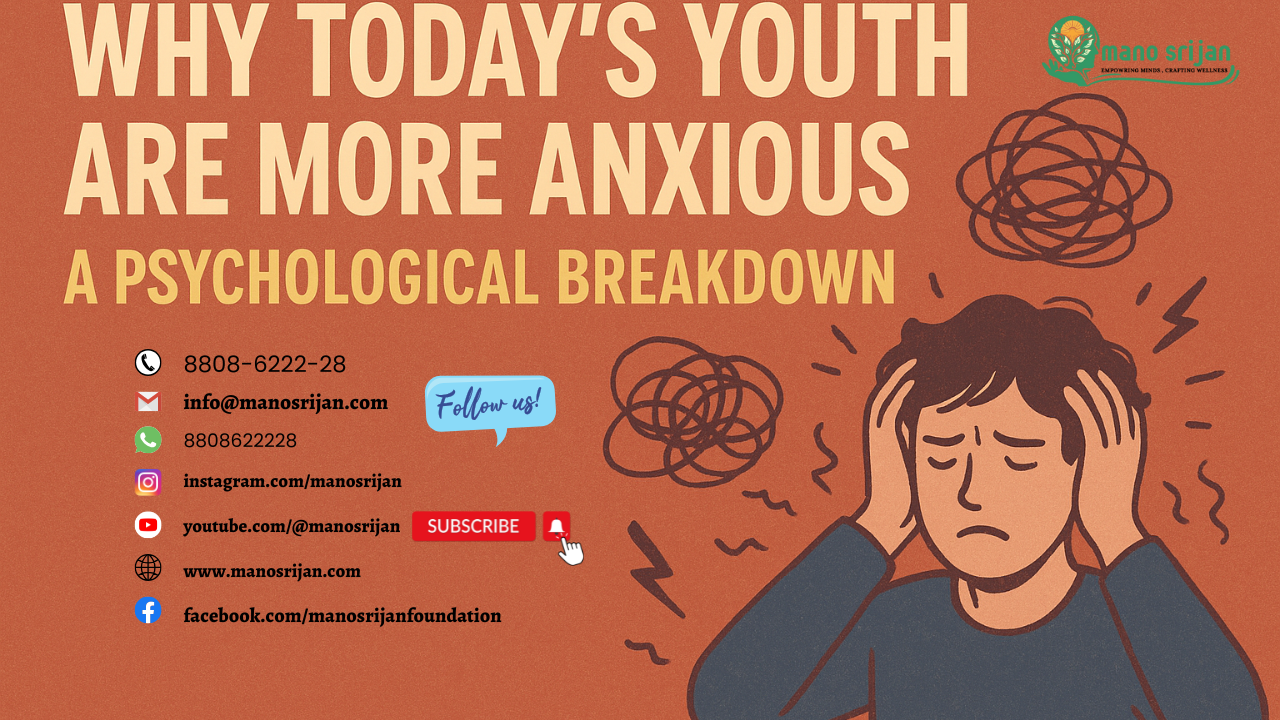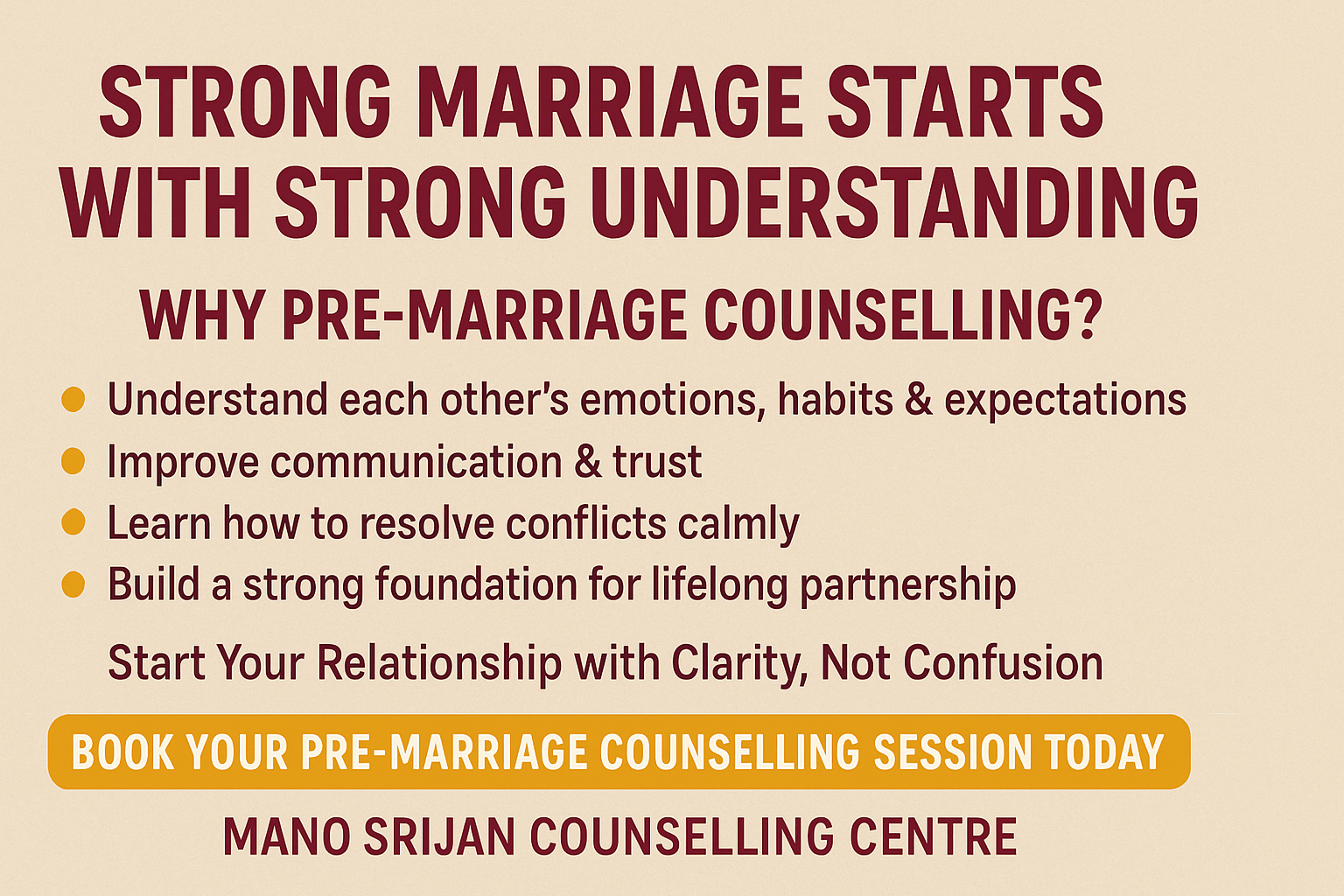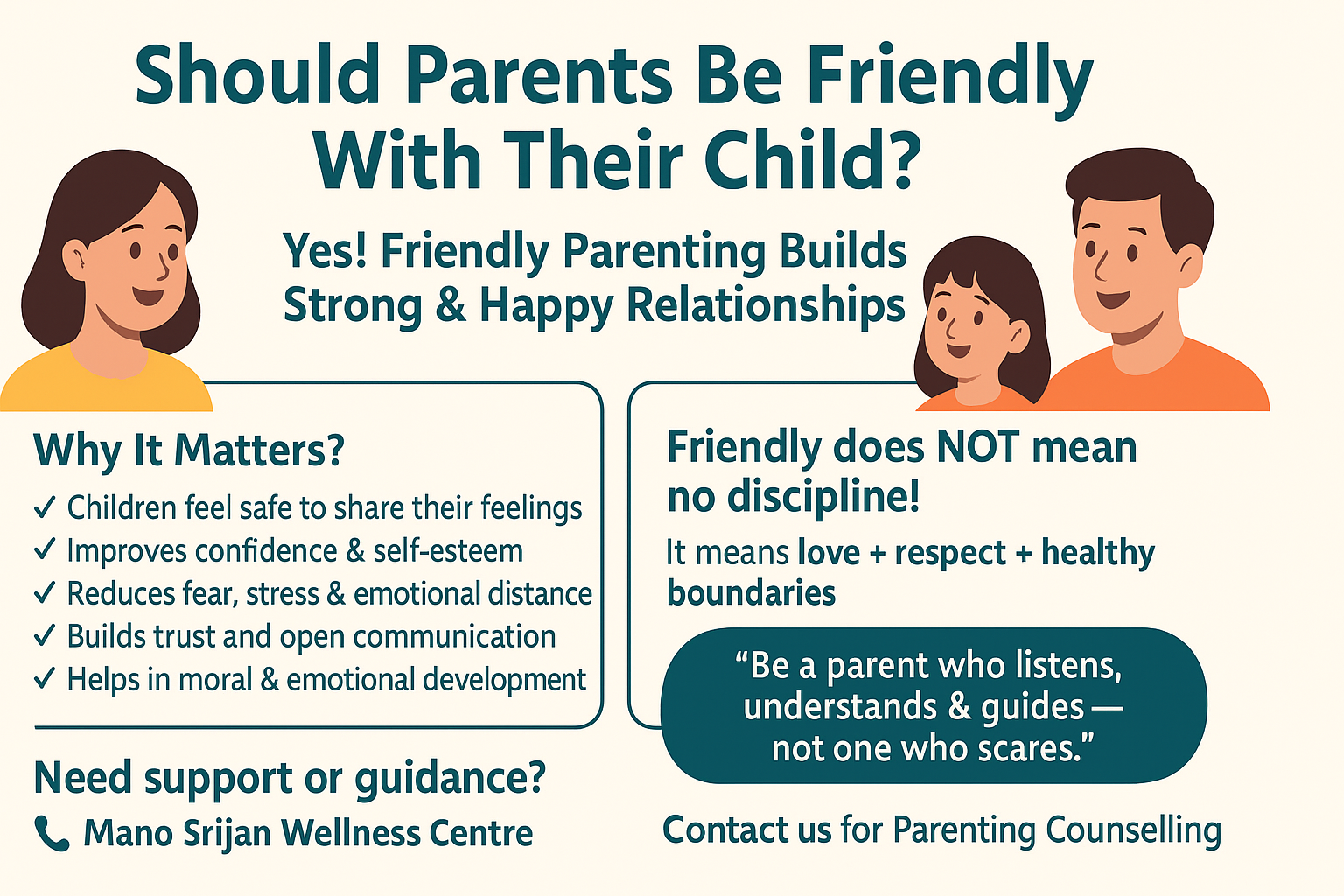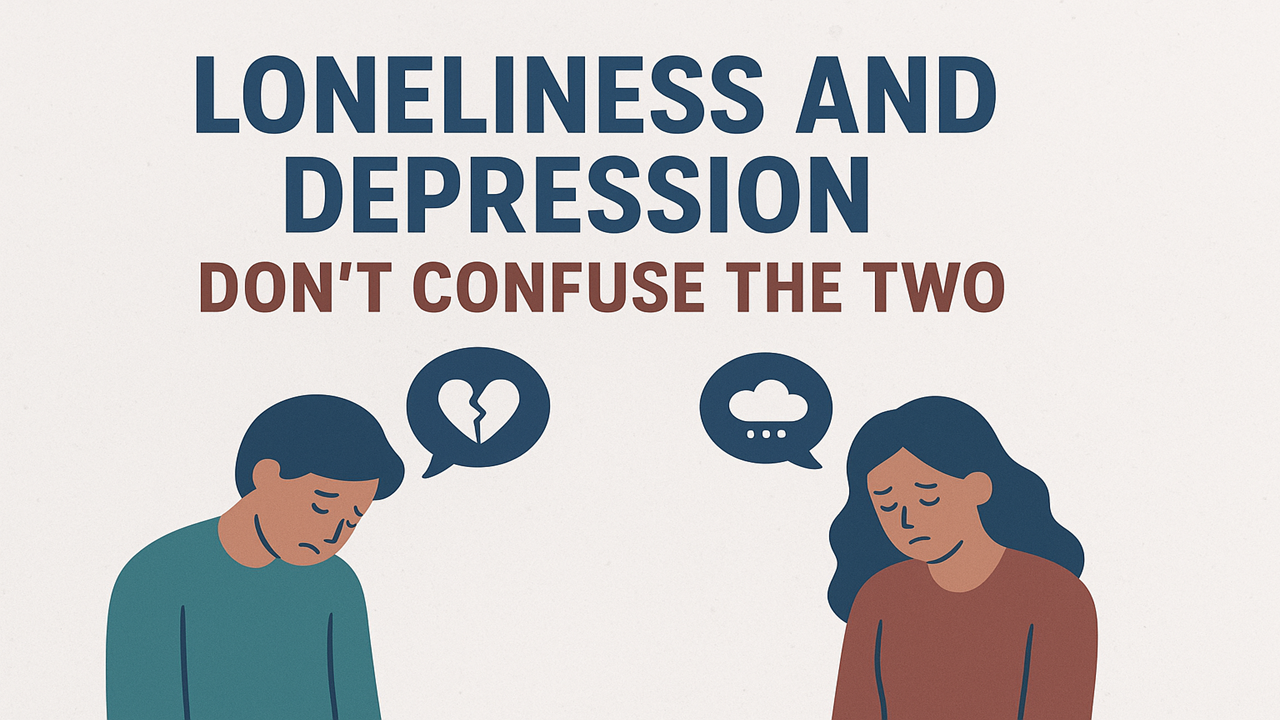
- 25 Nov 2024
- Psy. Ashish Pandey
Digital Fasting
In today’s fast-paced, technology-driven world, we are constantly connected to our digital devices. Whether it’s scrolling through social media, answering emails, or binge-watching shows, it’s hard to escape the pull of the digital realm. While technology has undoubtedly made our lives more convenient, it has also brought about an overload of information, distractions, and stress. This is where the concept of digital fasting comes into play.
What is Digital Fasting?
Digital fasting is the deliberate
practice of taking a break from digital devices, social media, and online
platforms to disconnect from the constant barrage of notifications, messages,
and content. It’s similar to the concept of fasting from food, where the goal
is to give your mind and body a break from the digital overload, helping you
reset and recharge.
Digital fasting isn’t about
abandoning technology entirely, but rather, taking a conscious step back to
regain control over how and when you use it. Whether it’s for a few hours, a
day, or even longer, digital fasting allows you to refocus on real-life
experiences and reconnect with the present moment.
Why Should You Try Digital Fasting?
- Mental Clarity & Reduced Stress
Constant notifications and the pressure to stay up-to-date with everything happening online can lead to anxiety and mental fatigue. By taking a break from your devices, you can experience a sense of relief and mental clarity. Without the constant influx of information, your brain can reset, leading to less stress and a greater sense of peace. - Improved Focus
Digital distractions are one of the biggest culprits in hindering productivity. A digital detox allows you to focus on tasks without the temptation of checking your phone or social media. Whether you’re working, studying, or spending quality time with loved ones, you’ll find it easier to be present in the moment. - Better Sleep
The blue light emitted from screens can disrupt your sleep cycle, making it harder to fall asleep and stay asleep. By cutting down on screen time, especially before bed, you can improve your sleep quality, wake up feeling more rested, and start your day with renewed energy. - Increased Mindfulness
A digital fast can help you become more aware of your surroundings. Without the constant lure of your devices, you’ll have the opportunity to engage with the world around you more deeply. You can cultivate mindfulness, practice gratitude, and enjoy simple activities like reading a book or taking a walk, without the interference of digital noise.
How to Practice Digital Fasting
- Set Clear Boundaries
To begin, decide on a timeframe for your digital fast. It could be a few hours a day, a full day, or even an entire weekend. Communicate your plan to friends, family, or colleagues so they understand that you are taking time off from your devices. - Identify Key Areas of Focus
Focus on specific aspects of digital life you want to fast from. This could include social media, email, news websites, or all screens in general. For a more gradual approach, start by cutting out one type of digital engagement at a time. - Use Tech Tools to Help
Ironically, there are several apps and tools designed to help you manage your digital consumption. Apps like Forest or Focus@Will help you stay off your phone, while screen time trackers on devices can alert you when you've exceeded a certain limit. - Engage in Offline Activities
During your digital fast, make the most of your free time by engaging in offline activities that help you relax and recharge. Take a walk in nature, read a book, journal, meditate, or spend time with loved ones. This is a great opportunity to rediscover hobbies and interests that you may have neglected due to screen time. - Reflect on Your Experience
After your digital fast, take a moment to reflect on how you feel. Were you able to focus better? Did you experience more peace? Do you notice any shifts in your mood or energy levels? The insights gained from a digital fast can help you make more mindful decisions about your tech usage going forward.
Tips for Maintaining Balance After a
Digital Fast
A digital fast can provide valuable
insights into your relationship with technology. Once you’ve completed your
fast, it’s important to create healthy habits that allow you to stay in control
of your digital usage. Here are a few tips for maintaining balance:
- Create Device-Free Zones: Designate areas of your home, such as the bedroom or
dining table, where devices are not allowed.
- Schedule “Tech-Free” Time: Set aside daily or weekly tech-free time where you
focus solely on offline activities, such as reading, cooking, or spending
time outdoors.
- Practice Mindful Usage: Before reaching for your phone or opening an app, ask yourself if it’s truly necessary. If not, resist the urge and choose a more productive or relaxing activity instead.
Digital fasting isn’t about
rejecting technology altogether, but rather about reclaiming control over your
relationship with it. By intentionally disconnecting from the digital world,
you can experience increased focus, improved mental health, and greater
mindfulness. Whether it’s for a few hours or a few days, a digital fast can
help you rediscover the joy of living in the present moment. Try it out—you
might be surprised at how much more balanced and focused you feel after giving your
mind a well-deserved break.
Top of Form
Bottom of Form






